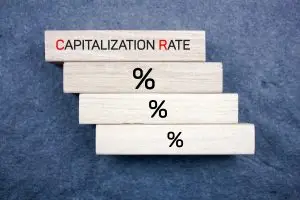Definition
- The Internal Rate of Return (IRR) is a financial metric used to evaluate the profitability of an investment. It represents the discount rate that makes the net present value (NPV) of all cash flows (both incoming and outgoing) from a specific project equal to zero. Essentially, the IRR is the rate at which an investment breaks even in terms of its net present value. It is widely used in financial analysis to compare the potential profitability of different investments or projects. Generally, a higher IRR indicates a more desirable investment opportunity.
Application to Real Estate Investment Analysis
- The Internal Rate of Return (IRR) is commonly used to analyze real estate investments. In real estate, the IRR helps investors evaluate the profitability of a property by considering all future cash flows, including rental income, operating expenses, and the eventual sale of the property. It provides a single percentage return that reflects the profitability of the investment over time. By comparing the IRR of different properties or investment opportunities, real estate investors can make informed decisions about which investments are most likely to meet their financial goals.






